

FMX, held annually in the town of Stuttgart, Germany, styles itself as Europe’s most influential conference for digital entertainment, where art, technology and business meet.
Every year, artists, producers, specialists and scientists, come together to network and discuss all the amazing and the difficult things that face us creatives today.
On the 25th April, my colleague John and I were flown out to the festival as a part of our Personal Development Plan, offering us the chance to see, hear and experiment with the ground-breaking techniques that are yet to be unleashed onto the market.
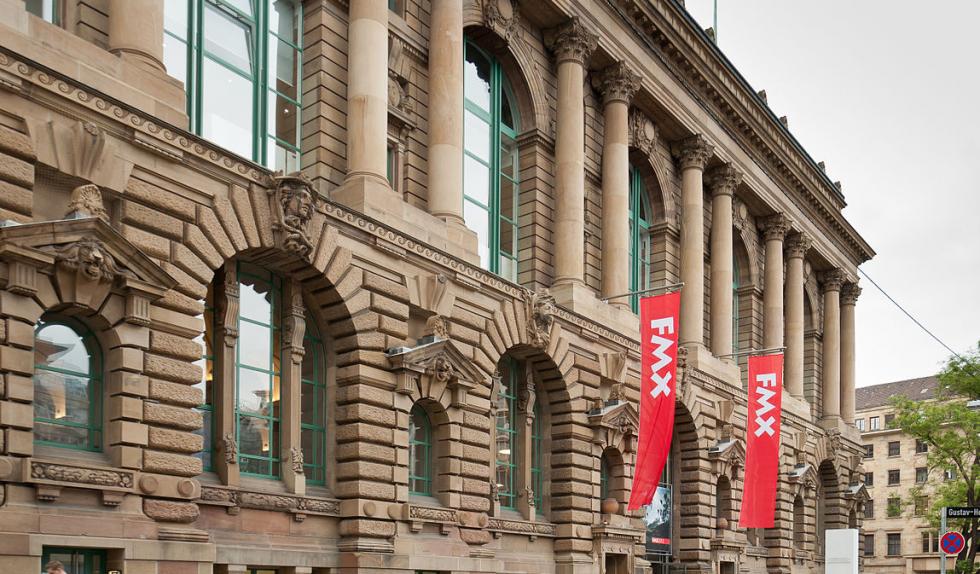
Impressive technology is showcased and cutting edge ways of making are discussed. At times the schedule can seem almost science fictional in its outlook, with seminars and presentations with titles like “Beyond Empathy; Merging with Virtual Characters” and “VR as Brain Hack”.
The headline of this year’s event was “Blending Realities”, and unsurprisingly, Virtual Reality was high up on the agenda, with talks by several leading studios and production houses, as well as leading experts within the field.
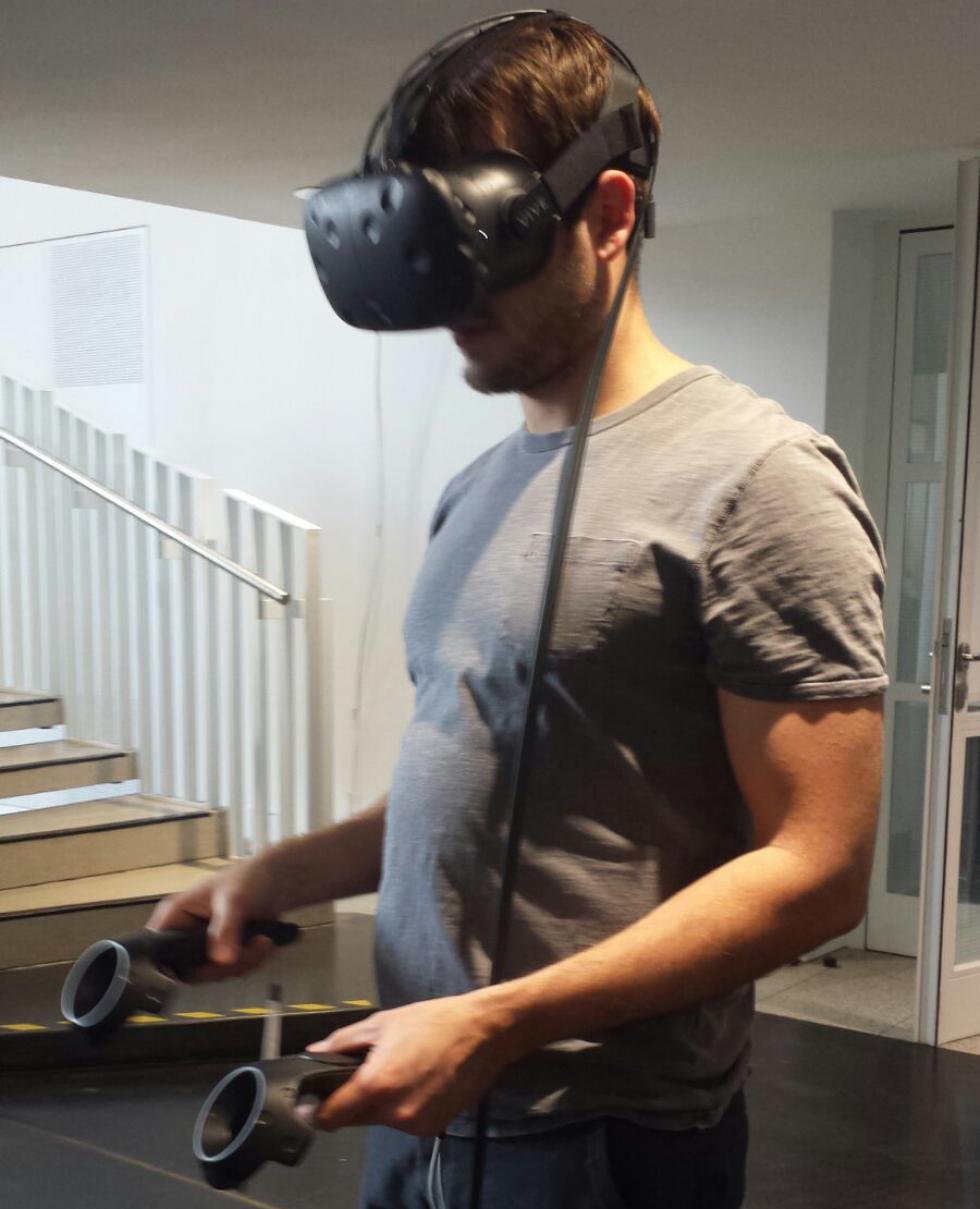
One of the most exciting uses of this new technology was in an area known as “Virtual Production”. This term is sometimes used to refer to motion capture and real-time rendering. More generally though, it describes the blurring of the boundaries between pre-production and final effects. It allows artistic decisions to be made earlier in the film-making process and can enable artists to interact with virtual assets in real time. Decisions can be made more quickly, than traditional production techniques, and changes saved for use further along a production pipeline.
The Third Floor demonstrated how they used Virtual production techniques during the making of “The Martian”. They created shooting plans that brought together stunt, stage, safety and visual effects requirements. The technique also helped to rehearse some of the zero gravity scenes, as well as fine-tuning the execution for cameras, rigs and characters before going to set, saving both time and money throughout production.
In the shot below, Matt Damon appears to be spinning away from the camera into outer space. Virtual Production techniques showed that it was cheaper, safer and easier to instead spin the camera away from Matt Damon. The movements could be perfectly matched with the CGI environment to allow for a seamless action shot.
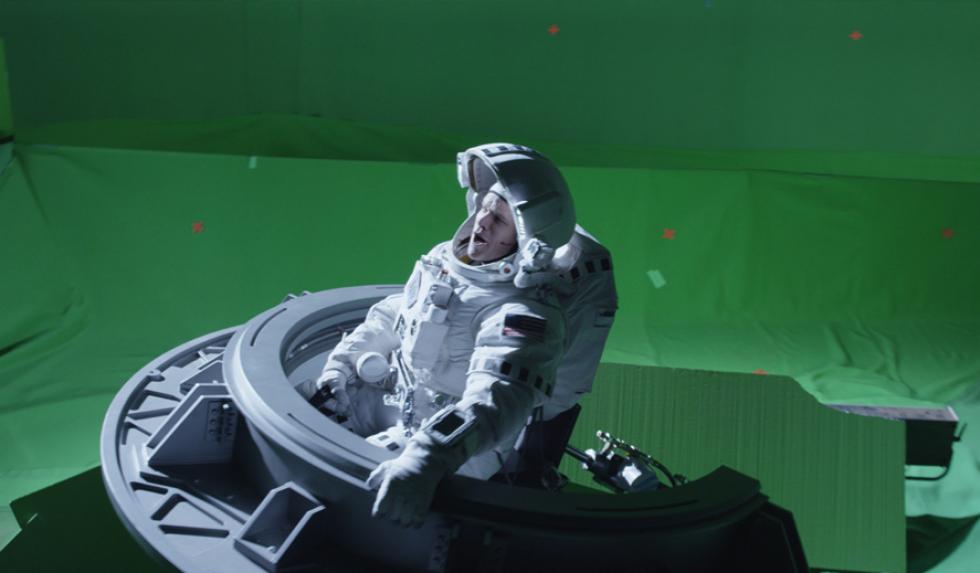
The Third Floor was also involved in the making of a VR experience based on “The Martian”. The team put you in the position of the film’s protagonist as he goes about his daily routine surviving on Mars, pulling levers and climbing ladders.
They faced the challenge of making this an intuitive and enjoyable experience and with VR being an entirely new medium, there were serious problems to overcome such as disembodiment, disorientation and distraction. Despite the difficulties that arose, they team overcame them and the film looked awesome.
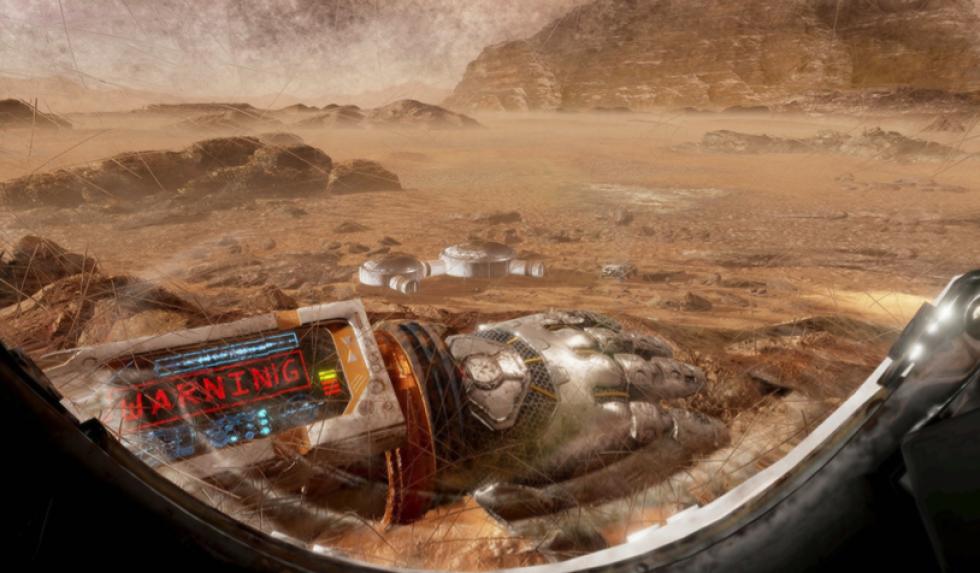
Of the issues currently facing the nascent VR industry, consumer adoption with VR was on of the problems debated during a round table seminar with several leading industry figures.
One of these luminaries, Dr John Peddie, of John Peddie Research, made some cautious predictions regarding the state of the industry. He described it as a “Chicken and Egg” type of problem. Currently one of major issues facing the widespread adoption of VR is the dearth of good quality content. Simply put, consumers are reluctant to purchase an expensive headset if there is nothing to do with it, and Content Creators are reluctant to spend time developing this new media if no one wants to buy it.
He also suggested trying to differentiate between the more technically demanding VR, which uses devices such as the Oculus Rift or the HTC Vive (so-called tethered devices) and the VR which is accessible via smartphones, such as the Samsung Gear, or the Google Cardboard.
Camille Cellucci, an award winning visual effects producer, explained how blending the realities of Virtual Production and Visual Effects played a vital role in bringing the film “The Walk” to life. It tells the story of Philippe Petit's illegal 1974 tightrope walk at the World Trade Center. The film was shot on a relatively small $35million budget and a short 45-day schedule. Camille made the point that this is sometimes only a fraction of the VFX budget of a modern film, let alone the entire budget. Combining VFX with Virtual production enabled the recreation of the entirety of 1970s New York, on time and on budget.
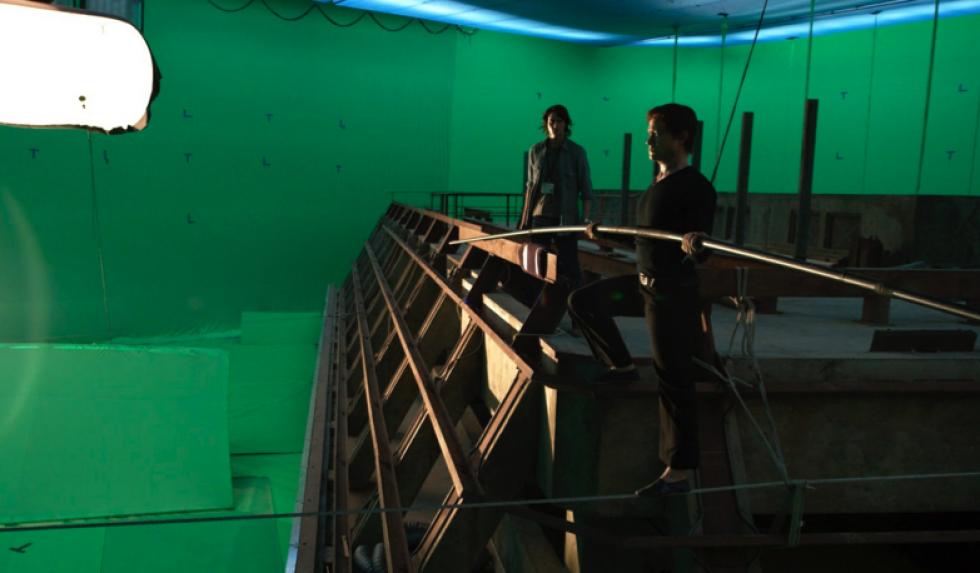
Kevin Margo provided perhaps the most dramatic example of the power of this new technology in a presentation about the making of his short film “Construct”. In most CGI production set-ups, the rendering cannot keep up with live action. The high quality realism of Film and TV visual effects is generated by a process called ray tracing, in which complex algorithms accurately simulate the behavior of light to real world standards. It is generally a slow and inefficient process, and complicated scenes can take hundreds of computers hours to render out a few seconds of footage.
In his new process Kevin used Vray Ray Tracing software coupled with modern GPU rendering, to achieve almost instantaneous visual feedback of live action motion capture. This new technique allowed him to replicate real-world camera concepts like lighting changes, depth of field, target distance, f-stops, shutter speed, as he was filming his actors. As the changes can be experienced in real time, he can quickly make decisions that would previously might have taken days, or even weeks.
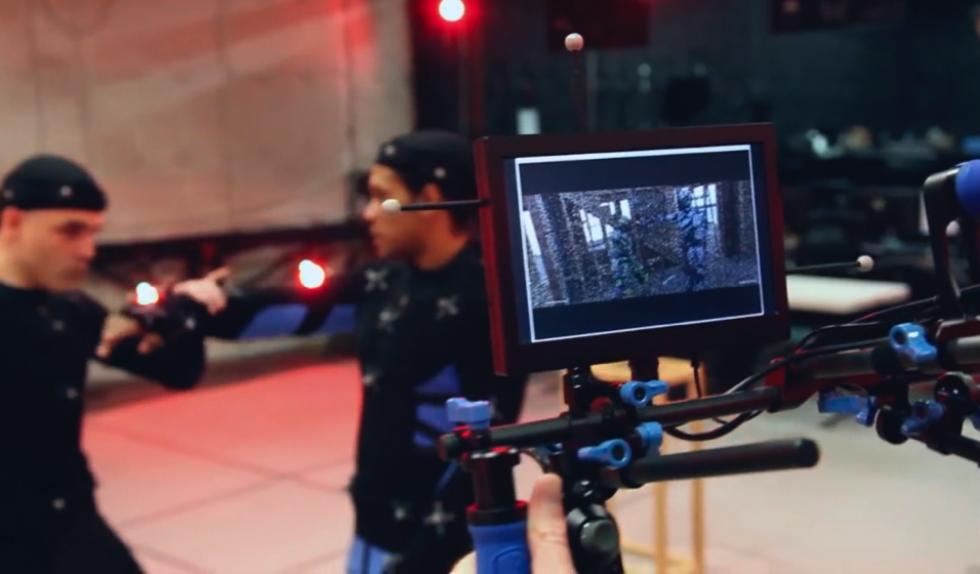
Although he did highlight some current limitations to this new process, none of them seemed impossible to overcome. In future, this technology should empower smaller studios with limited resources and tighter timeframes to more quickly produce high quality work., giving larger more established studios a run for their money.
FMX was a real eye opener for me, it was great to be at the centre of the VFX world for a few days and I look forward to integrating the great techniques I learnt into my role at the studio. I can’t wait to see where these new digital advances will take architectural visualisation and I look forward to being a part of it.
Tom Fitzpatrick
25 May 2016